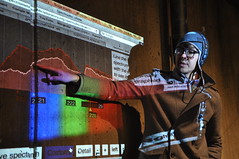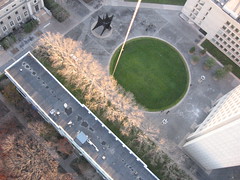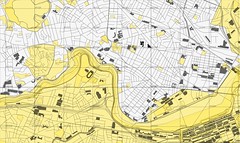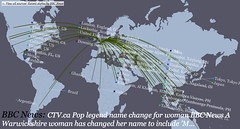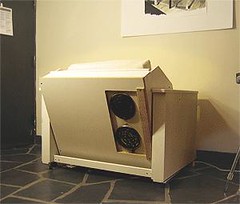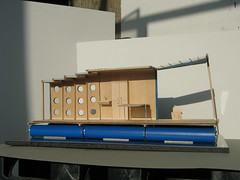Related to visual interpretation in complex systems:
The view afforded by MRI led to a new causal story: Back pain was the result of abnormalities in the spinal discs, those supple buffers between the vertebrae. The MRIs certainly supplied bleak evidence: Back pain was strongly correlated with seriously degenerated discs, which were in turn thought to cause inflammation of the local nerves. Consequently, doctors began administering epidurals to quiet the pain, and if it persisted they would surgically remove the damaged disc tissue.
But the vivid images were misleading. It turns out that disc abnormalities are typically not the cause of chronic back pain. The presence of such abnormalities is just as likely to be correlated with the absence of back problems, as a 1994 study published in The New England Journal of Medicine showed. The researchers imaged the spinal regions of 98 people with no back pain. The results were shocking: Two-thirds of normal patients exhibited “serious problems” like bulging or protruding tissue. In 38 percent of these patients, the MRI revealed multiple damaged discs. Nevertheless, none of these people were in pain. The study concluded that, in most cases, “the discovery of a bulge or protrusion on an MRI scan in a patient with low back pain may frequently be coincidental.”
From ” Trials and Errors: Why Science Is Failing Us,” Jonah Lehrer
November 30th 2006 : http://m.wired.com/magazine/2011/12/ff_causation/all/1

